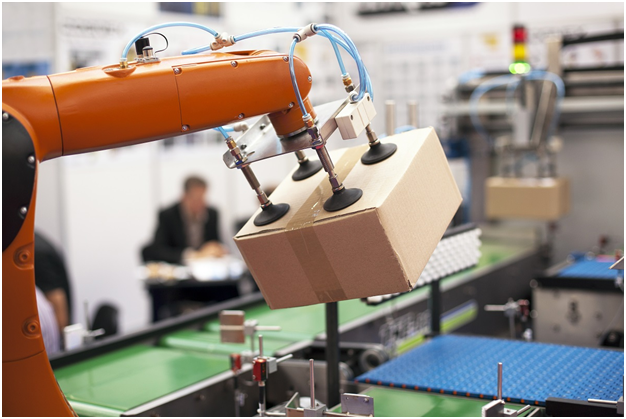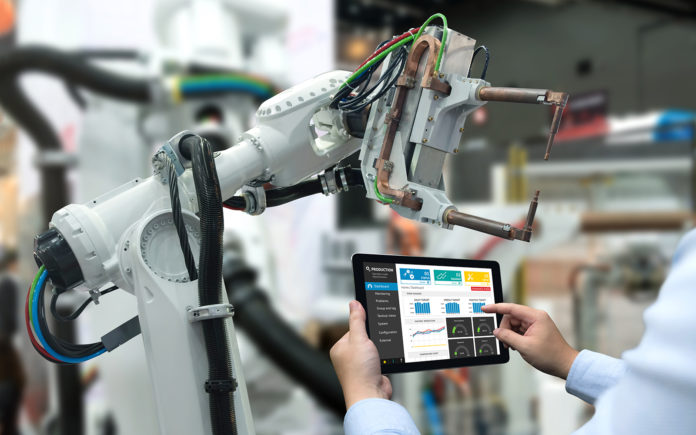These days, using robots or robotic arms for heavy-duty tasks like warehousing is becoming a more common and accepted practice. Thanks to these specialized pieces of equipment, it’s easier to keep productivity levels high and maintain a consistent level of output.
This article discusses yet another benefit: how robots in the warehouse keep down work injuries.
Lessening Lifting Injuries
Warehouse workers will tell you that a large chunk of the work they do involves lifting heavy objects, such as crates of products, hefty engine components, or unbranded plastic containers from Utah. Whether they do it by hand or with the assistance of heavy equipment (such as a forklift), accidents may happen, and bodily injuries are not unusual.
Last year, the US Bureau of Labor Statistics reported 221,400 accidents in the transportation and warehousing industry. Of those cases, approximately 103,600 or 47% resulted in workers filing for sick days. The Bureau adds that overexertion or repetitive motion are the common causes of these types of injury. In 2016, the industry discovered that most of the workplace injuries affected the back, which made up 38.5% of all musculoskeletal injuries that year.
If more warehousing businesses adopted robotic arms or robots to assist workers, injuries caused by physical fatigue could be significantly reduced. It is important to note that it says reduced, not eliminated. There is always the risk that accidents could occur, whether this is due to robots or human error. If it is the former, however, then you need to ensure you get properly compensated for this. If you can prove that there is something wrong with the product (in this case, the robot), then you could get compensation for any damage or injuries caused. Learn more about this here.
Preventing Falls from Dangerous Heights
Warehouse workers get injured from a bad fall usually because they’re reaching for objects on high shelves — while perched on forklifts. One solution to avoid this is to build warehouses that maximize square footage and reduce the need for high shelving.
Unfortunately, that’s not an option for older warehouses, or warehouses put up in urban locations where space price is at a premium.
Using robots specifically designed to work in warehouses and can reach the highest shelves is one solution. In the future, warehouse workers may have remote-controlled drones that can fly and retrieve items.
Increasing Efficiency Safely

When completing time-sensitive tasks, injuries from collisions are likely. In the rush to deliver a lot of products or items, workers may collide with or crash into shelves while operating delivery vehicles. Or worse, they may crash into other workers.
Training workers to retrieve items efficiently and safely then deliver them to the shipping area is also another issue. The solution to this is to use robotic AGVs, or Automated Guided Vehicles. Though the cost of implementing this system may seem high, the price tag for AGVs and their systems is expected to decrease. This technology has actually been around for 40 years and in simpler versions, but the tech is constantly evolving and improving. With these improvements, demand for the AGVs will only go up and drive down prices.
In the long run, the cost of using an AGV system to store and retrieve products is lower than using human workers who must be trained, who vary in speed, and who need to take vacations and sick leaves. In the near future, investing in robotic automation will be seen as both a necessity and a sound investment.
Managing Stress and Fatigue
In 2017, a study found a link between the time and volume of work, how it causes fatigue, and the risk of occupational injuries as a result. It was also found that people are more at risk of getting work-related injuries if breaks are too few and too short. Furthermore, the risk is greater for nightshift workers, and workers with shifts exceeding 11 hours.
To minimize work injuries due to fatigue and irregular hours, companies should invest in robots that can assist or collaborate with workers and do the more menial and strenuous tasks. In industries like warehousing, robots don’t have to replace human workers completely. They may ultimately take over the menial tasks, but they can also be used to assist workers by taking on the more physically demanding parts of their jobs. Don’t be put off by the cost, as there are leasing options available.








